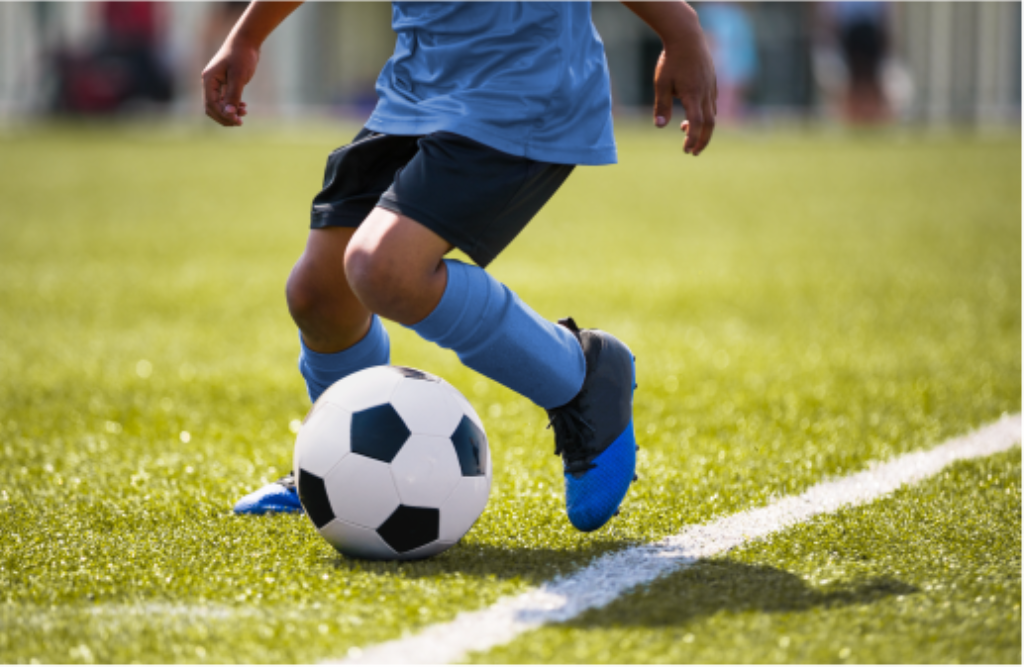
Soccer season is in full swing but young, injury-prone soccer players should not “play through” foot and ankle pain.
Children’s bones are still maturing. Starting and stopping or moving side to side on cleats–which are little more than moccasins with
spikes–is a recipe for foot and ankle injuries.
Kids will play with lingering, nagging heel pain that, upon testing, turns out to be a stress fracture. By playing with pain, they can’t give their team 100 percent. It makes their injuries worse and prolongs their time out of soccer.
And stress fractures can be subtle. They don’t always show up on initial X-rays. Symptoms of stress fractures include pain during normal activity and when touching the area. There may also be swelling without bruising.
Treatment usually involves rest and sometimes casting. Some stress fractures heal poorly and may require surgery, such as a break in the elongated bone near the little toe, known as a Jones fracture.
The constant running associated with soccer places excessive stress on a developing foot. Pain from overuse usually stems from inflammation, such as around the growth plate of the heel bone, more so than a stress fracture. Kids’ growth plates are still open, and bones continue to grow until about ages 13 to 16.
Overuse injuries include Achilles tendonitis and plantar fasciitis. Rest and, in some cases, immobilization of the foot should relieve the inflammation that causes the pain associated with these injuries.
Quick, out-of-nowhere ankle sprains are also common to soccer. Ankle sprains should be evaluated by a physician to assess the extent of the injury. If the ankle stays swollen for days and is painful to walk or even stand on, it could be a fracture.
Collisions between soccer players also take their toll on toes. When two feet come at the ball simultaneously, that ball turns into a solid block and goes nowhere. The weakest point in that collision is usually a foot, with broken toes the outcome.
The toes swell up so much the player can’t get a shoe on, which is an important sign for young athletes and their parents. If a young player is having trouble just getting a shoe on, they shouldn’t play.
For more information about foot and ankle conditions or to schedule an appointment, contact Wentz Foot & Ankle Specialists at
719-539-6600.
Dr. Ralph Wentz is a board-certified foot and ankle surgeon in Salida and a fellow of the American College of Foot and Ankle Surgeons.
